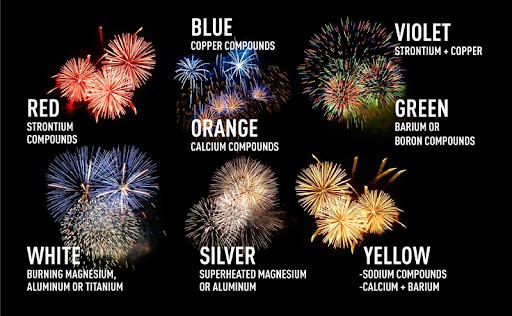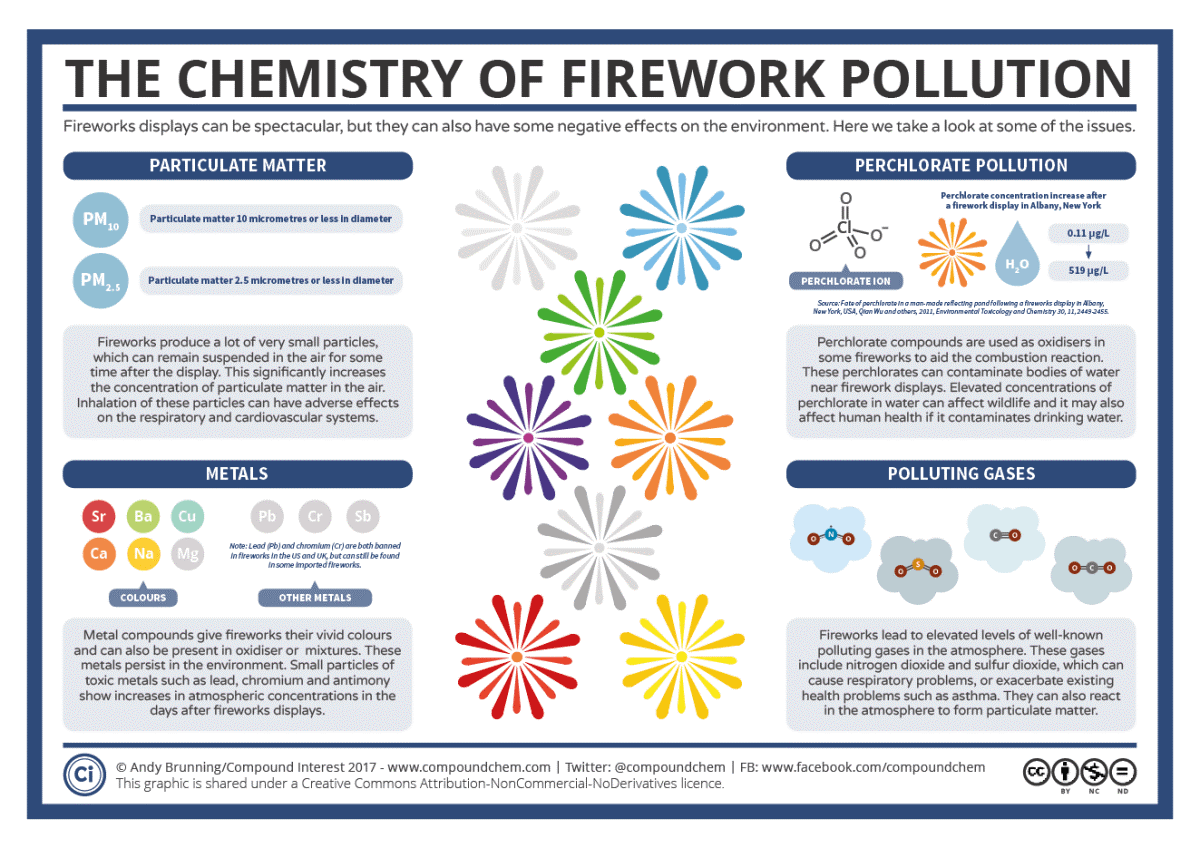Firecrackers

- Copyright infringement is not intended
Context: The Supreme Court observed that six major fireworks manufacturers had violated orders requiring them not to use prohibited chemicals such as Barium salts and to label the firecrackers in compliance with the law.
What did the Supreme Court rule three years ago?
- The court ruled out a full ban on firecrackers and issued orders stipulating that only reduced emission and green crackers be allowed, with tight restrictions on timings when they could be burst.
What is the controversy?
- Firecrackers use fuel and oxidisers to produce a combustion reaction, and the resulting explosion spreads the material in a superheated state.
- The metal salts in the explosive mix get ‘excited’ and emit light.
- Metals in the mix, which have a varying arrangement of electrons in shells outside their nucleus, produce different wavelengths of light in this reaction, generating spectacular colours.
- Barium compounds, for example, produce green light and Strontium and Lithium salts, red.
- But as many studies show, the burning of firecrackers is an unusual and peak source of pollution, made up of particles and gases.
- The Central Pollution Control Board conducted a study in Delhi in 2016, and found that the levels of Aluminium, Barium, Potassium, Sulphur, Iron and Strontium rose sharply on Deepavali night, from low to extremely high.
- This has resulted in litigation calling for a total ban on firecrackers, and court orders to restrict the type of chemicals used as well as their volume. Many crackers also violate legal limits on sound.

Can green crackers make a difference?
- The Central government says the Council of Scientific and Industrial Research, through its National Environmental Engineering Research Institute (CSIR-NEERI), Nagpur, has come out with firecrackers that have “reduced emission light and sound” and 30% less particulate matter using Potassium Nitrate as oxidant.
- These crackers are named Safe Water Releaser, which minimises Potassium Nitrate and Sulphur use, but matches the sound intensity of conventional crackers, Safe Minimal Aluminium , where Aluminium use is low and Safe Thermite Crackers with low Sulphur and Potassium Nitrate.
- These crackers are to be identified using unique QR codes to guide consumers.
- The Supreme Court had also previously ordered that the Petroleum and Explosives Safety Organisation should certify the composition of fireworks only after being assured that they were not made of banned chemicals.
What is the state of the industry?
- The petitioners argue that out of about 2,000 manufacturers, only 120 had the capacity and inclination to work with the court to green the crackers.
- Firecrackers are not labelled with information on the person responsible for legal compliance, as ordered by the court.
https://www.thehindu.com/sci-tech/energy-and-environment/explained-why-has-the-supreme-court-clamped-down-on-firecracker-manufacturers/article36800148.ece?homepage=true



1.png)
